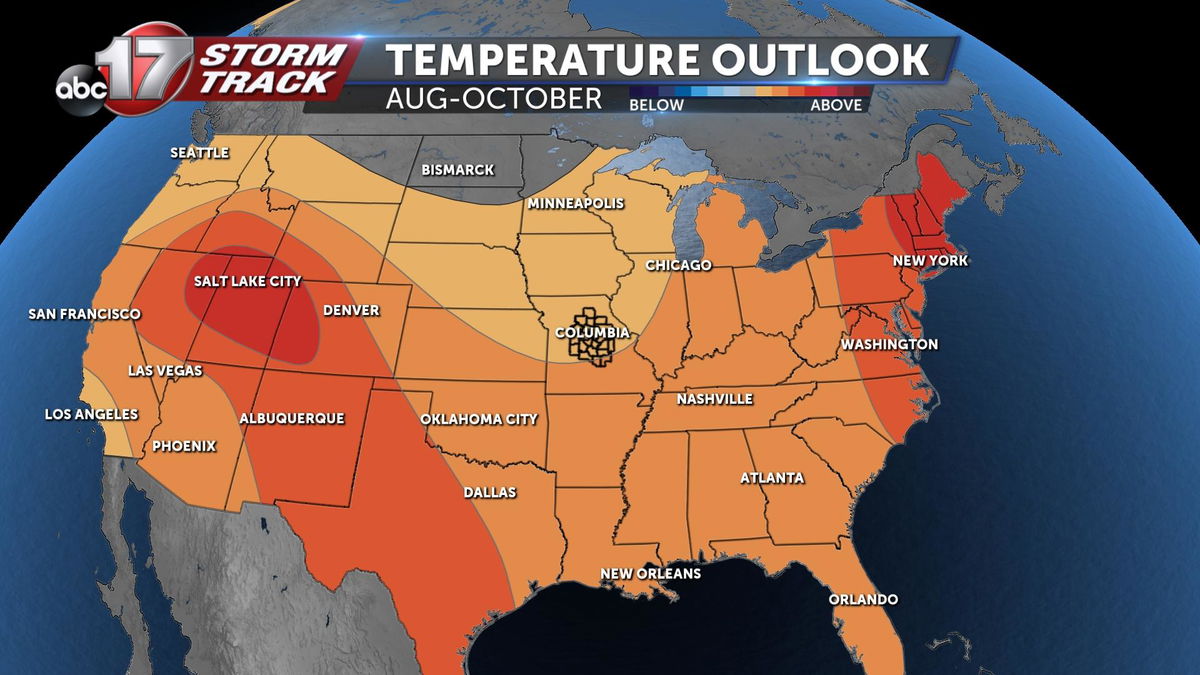Seasonal forecasting and the Farmer’s Almanac
Seasonal forecasting has come a long way in the past 20 years. For the longest time, scientists tried to tackle the feat of forecasting temperatures and precipitation amounts for periods extending past three months.
Going back even further than 20 years, the Farmer's Almanac has been publishing seasonal forecasts since 1818. Many people turned to this option when it came to making future decisions and plans. You might be wondering, "Just how do they predict these outlooks and what’s their science?"
According to FarmersAlmanac.com, they use a secret formula devised by their founder in 1792 with the assistance of climatology.

How accurate is the Farmers Almanac? Well, just last year they advertised the forecasted temperature departure for a representative city in each region was only 50% correct.
Typically, many of the claims from the Farmer's Almanac for advanced seasonal forecasts are blanket statements; such as this year's recently published statement of the 2022-2023 Extended Winter Weather Forest, “There will be plenty of snow, rain, and mush.”
Seasonal weather forecasting is still in its pioneering days. Some methods have proved to be effective scientifically.

One major method is using temperatures and their changes from the eastern tropical Pacific Ocean. These allow meteorologists like us here at KMIZ to forecast below or above-average parameters, such as those highlighted in our 2020-2021 seasonal forecasts.
Just last year, the ABC 17 Stormtrack team predicted above-average snowfall totals and temperatures. The past La Niña pattern helped enable these conditions and helped accurately depict the seasonal outcome.

The same La Niña pattern that affected us last winter is forecasted to remain over the United States leading to continued above-average temperature lasting throughout the rest of August into October.
